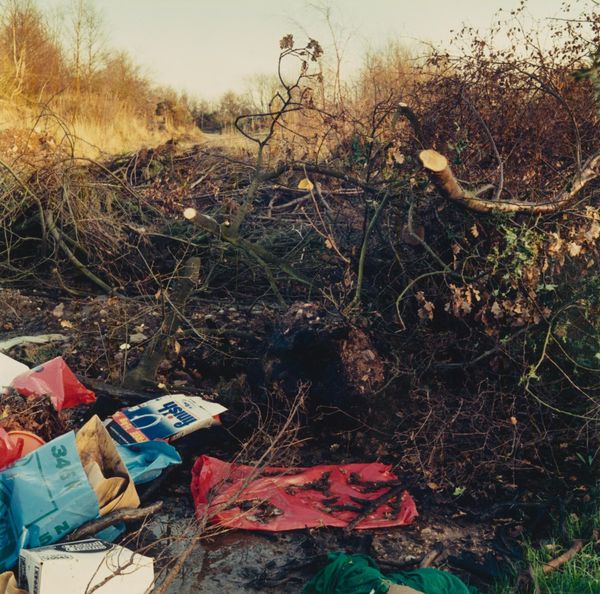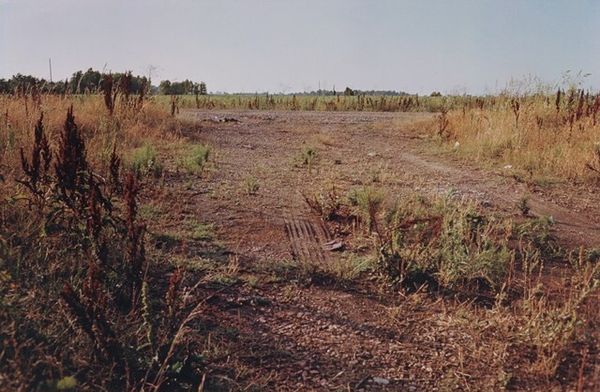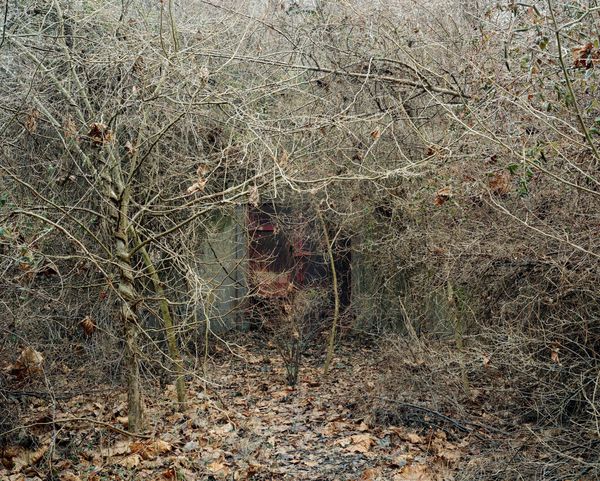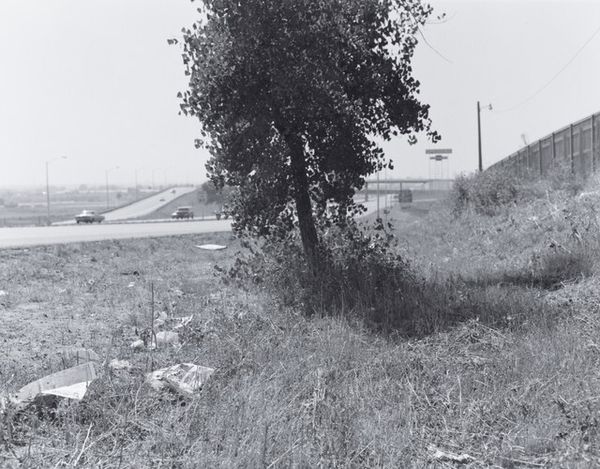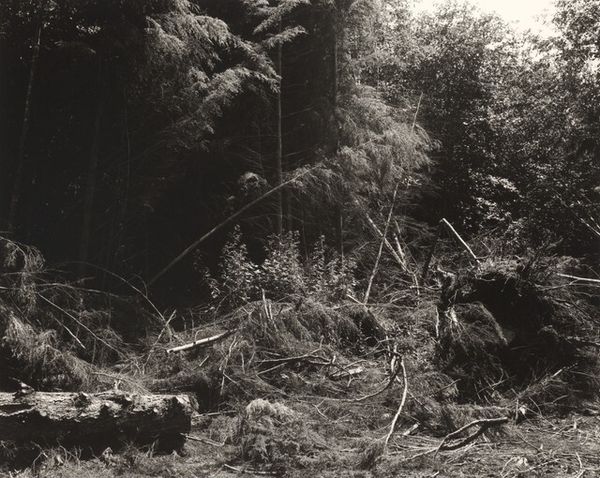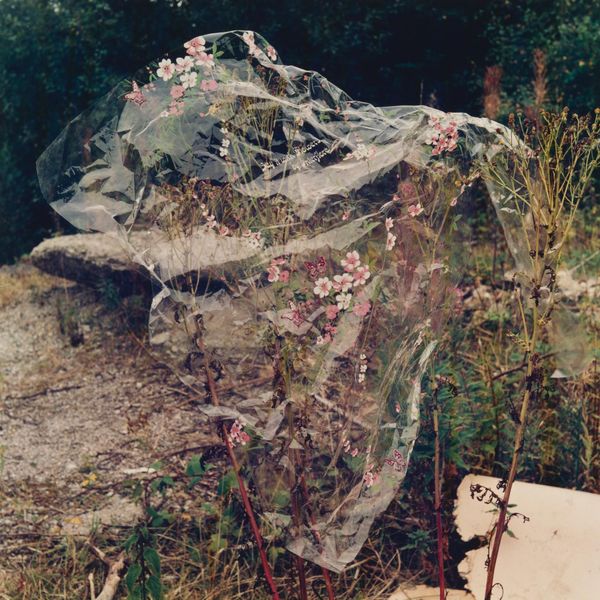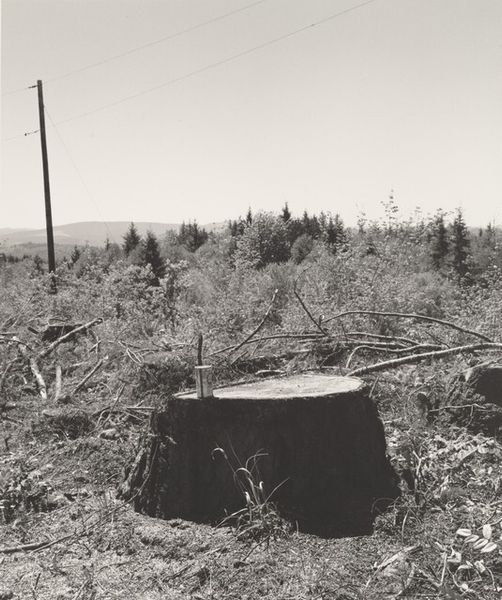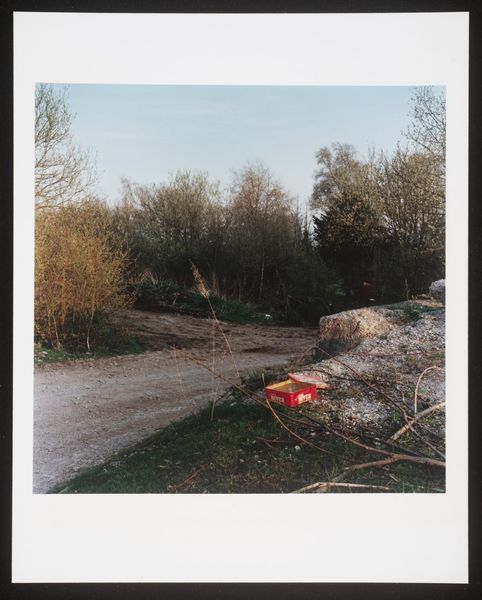
Dimensions: support: 254 x 202 mm
Copyright: © The estate of Keith Arnatt | CC-BY-NC-ND 4.0 DEED, Photo: Tate
Editor: Here we have Keith Arnatt’s "Miss Grace’s Lane," a color photograph taken sometime in the late 20th century. The scene feels very desolate, almost like an abandoned wasteland. What’s your interpretation? Curator: It’s less about desolation and more about visibility. Arnatt is forcing us to confront the disregarded margins of our environment, places deemed unworthy of our attention, yet undeniably present in our collective landscape. Editor: So, the politics of seeing, or not seeing? Curator: Exactly. Who decides what constitutes a worthy image, and what does it say about us when we choose to ignore the unglamorous realities surrounding us? Editor: I see what you mean. It makes me think about what we choose to value. Curator: Indeed. Arnatt makes a potent statement about our complicity in shaping the visual and social narratives of our time.
Comments
tatebritain 8 months ago
⋮
http://www.tate.org.uk/art/artworks/arnatt-miss-graces-lane-t13165
Join the conversation
Join millions of artists and users on Artera today and experience the ultimate creative platform.
tatebritain 8 months ago
⋮
In Miss Grace’s Lane, Keith Arnatt presents natural beauty and environmental degradation side by side. ‘I am very fond of paradox’, the artist notes. Using his camera to achieve a large depth of field, Arnatt gives equal importance to all elements, setting out to create ‘pictures which are not chaotic out of chaos’. One image shows rubbish strewn across the English landscape, bathed in soft, golden hour light. The series references Romanticism, the nineteenth-century art movement inspired by human psychology, personal expression and the natural world. Arnatt parodies the sublime landscapes of British painters like Samuel Palmer (1805–1881), combining the picturesque and the polluted. Gallery label, November 2024
